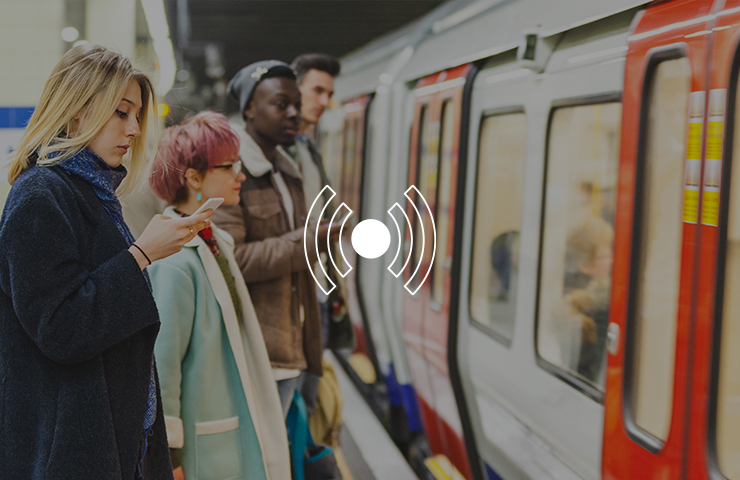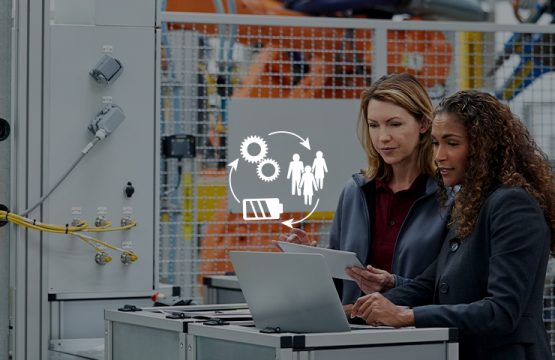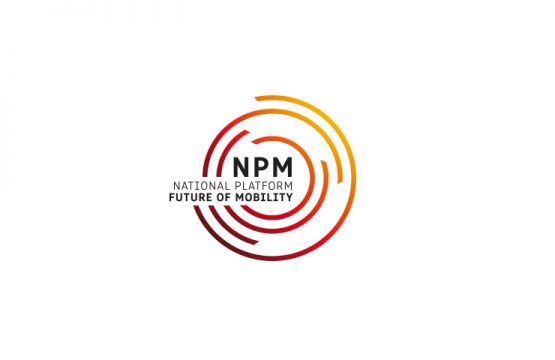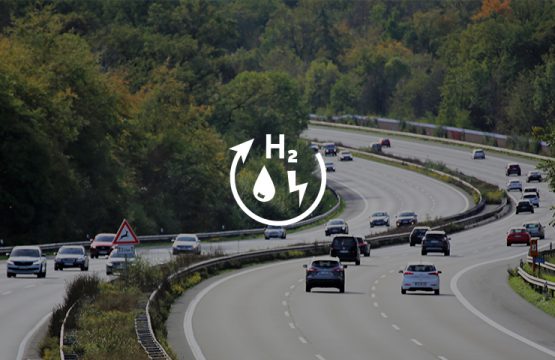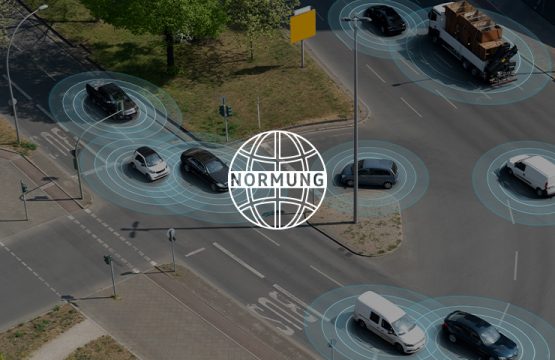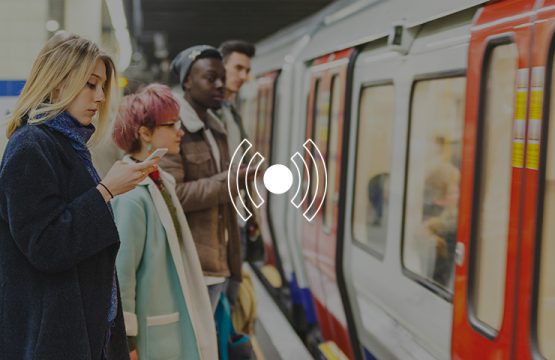The mobility system provides added value to users when transport infrastructures, road users, vehicles and services are digitally interconnected. One key prerequisite for this is reliable information and quality data provided by transport infrastructures. Opinion polls on the digitalisation of mobility show a wide range of views amongst the public, which is why the public needs to be actively engaged in the planning and development of mobility and the associated transformation processes.
Two new reports by working group 3 Digitalisation for the mobility sector explain why digital transport infrastructures and the involvement of the public are important building blocks in digitalising mobility.
Measures for transport infrastructure digitalisation
Provision of traffic-relevant transport infrastructure data and the connection of mobility service platforms are key in achieving inter- and multimodal mobility. This requires digital twins to be created for infrastructure elements, such as traffic lights, traffic signs and signposts which provide all transport-relevant data. The data obtained in this way needs to meet certain quality criteria in order to offer reliable services, e.g. in the areas of intermodal mobility, traffic planning and management.
The connection of transport infrastructures relies on the creation of appropriate conditions. The starting point are static traffic infrastructures for which data is already available. These can then be digitally re-created and made available via web-enabled interfaces. Existing traffic light systems, variable message signs, parking guidance systems and level crossings need to be enabled to provide their dynamic, digital data to traffic management. Building sites and road works too need to be digitally mapped as soon and as promptly as possible. Funding for new traffic infrastructure, expansions or upgrades is to be tied to digital requirements.
The technical implementation of transport infrastructure digitalisation can build on already existing European standards for data models. Efficient traffic management relies on anonymised movement data for transport users. Using this data legally and in compliance with basic privacy standards is key. A higher degree of co-ordination between federal, regional and local authorities is required to achieve a consistent level of transport infrastructure digitalisation throughout Germany.
Design of digital mobility based on strategy of social dialogue and participation
The future of digital mobility will take many different forms. Developments which have as immediate an effect on our way of life as automation and connected mobility, require a solid knowledge base to foster acceptance and strong support with the public. Hence, the design of the future of mobility is not only a technological and political/legal task, but also a social one. The active involvement of the public in the planning and development of mobility plays an important role. The participation of citizens in the processes surrounding the transformation of mobility actively engages them as users, makes decisions understandable and prevents possible resistance in the long run. If digital mobility solutions are developed, tested and adjusted in co-operation with the public, the outcomes will stand the test of time, serve people and succesfully promote mobility transformation.
In order to achieve a broad social dialogue as well as good public participation and engagement, society’s knowledge base must be strengthened, efficient ways of citizen participation be established and a supportive institutional framework be created. Accordingly, the public dialogue should actively involve a broad spectrum of players and convey information about complex and controversial topics in a factual manner. A Germany-wide dialogue initiative can be a new way of working together and reveal which communication and participation instruments can be used for topics that arise in the context of increasing digitalisation of mobility. A nationwide dialogue and participation strategy with regard to the digital future of mobility serves to orchestrate and design the necessary social discourse. One prototype in this context is Hamburg real-life laboratory for the digitalisation of mobility (RealLabHH).
Both reports are now available to download on www.plattform-zukunft-mobilitaet.de (in German).
About NPM – National Platform Future of Mobility
The National Platform Future of Mobility brings together experts in the fields of politics, the private sector, associations, research institutes and NGOs to develop visions for sustainable, environment- and climate-friendly, affordable and competitive mobility in Germany. Presided by Prof. Dr. Henning Kagermann, six working groups develop intermodal guidance to politicians, businesses and society in a technologically-neutral way.
Contact:
Alexandra Huß
Communication advisor
Office of the Chairman of National Platform Future of Mobility
huss@acatech.de
+49 (0)30 / 206 30 96 86
+49 (0)160 / 714 93 25
